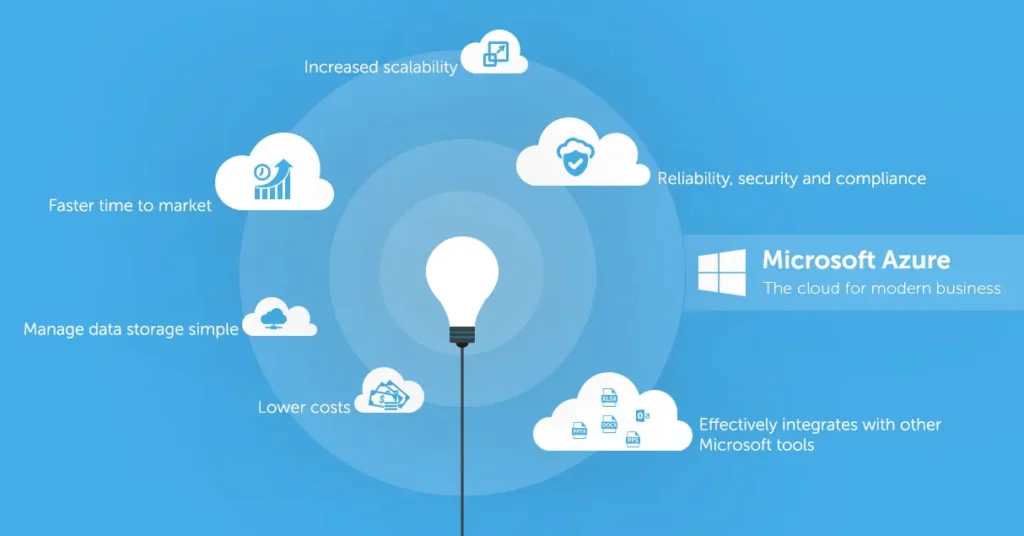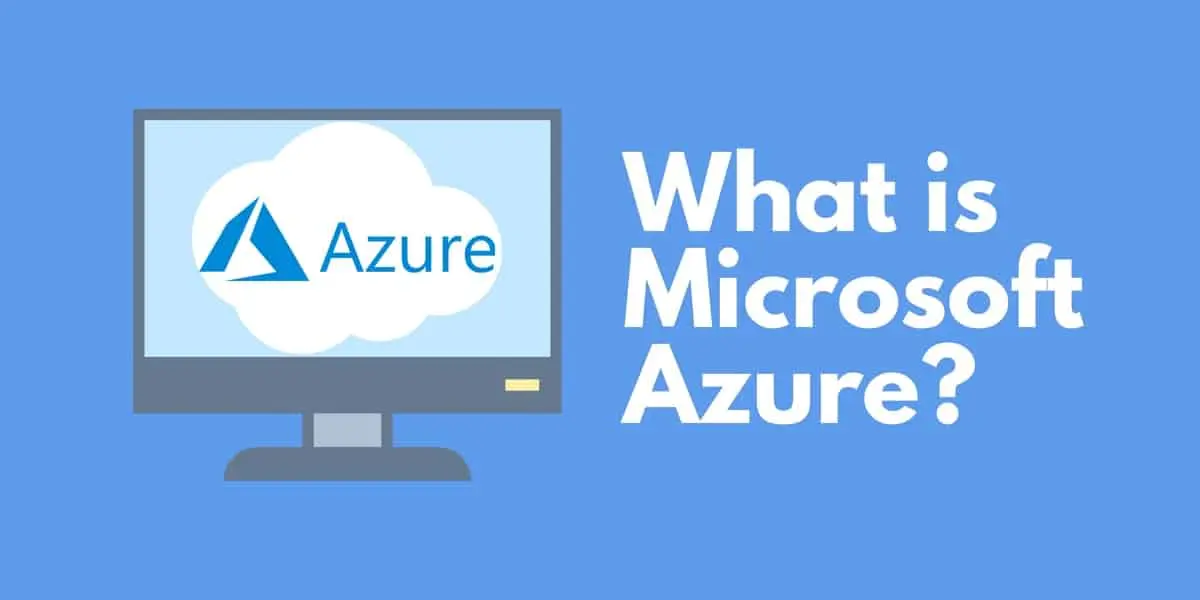Meta Description: Discover the full IT perspective on Microsoft Azure – explore detailed advantages, critical limitations, and how Azure can transform your infrastructure. A must-read for IT decision-makers.
As enterprises continue shifting to cloud-first strategies, Microsoft Azure has emerged as a dominant force in the cloud computing space. For IT professionals, system administrators, DevOps engineers, and CIOs, understanding what Azure offers—and where it may fall short—is critical.
At CupsDeeps, we dive deep into the technical strengths and weaknesses of Azure so your infrastructure decisions are smarter and future-proof.
✅ Key Benefits of Microsoft Azure from an IT Perspective

1. Seamless Integration with Microsoft Ecosystem
- Unified identity management with Azure Active Directory
- Smooth hybrid deployment with on-premises Windows environments
- Integrated security and compliance workflows
2. Wide Range of Services & Tools
- 200+ pre-built services (VMs, SQL, Blob Storage, Cognitive Services)
- Strong support for DevOps (Azure DevOps, GitHub Actions)
- Multi-language SDKs and APIs (Python, .NET, Node.js, Java)
3. Enterprise-Grade Security & Compliance
- 90+ certifications (ISO 27001, GDPR, HIPAA, FedRAMP)
- Built-in Microsoft Defender for Cloud
- Azure Key Vault for secure access and secrets
4. Scalability and Global Reach
- Over 60 Azure regions worldwide
- Auto-scaling for apps, services, and databases
- Geo-redundancy for disaster recovery
5. Hybrid and Multi-Cloud Flexibility
- Azure Arc, Azure Stack support hybrid/multi-cloud
- Manage Kubernetes clusters across environments
- Consistent governance and security policies
6. Cost Management and Optimization
- Pay-as-you-go, reserved instances, spot pricing
- Azure Cost Management for budget control
⚠️ Cons and Limitations of Microsoft Azure
1. Complex Pricing Structure
- Costs can balloon if not optimized
- Pricing varies by region and usage
2. Steep Learning Curve
- High entry barrier for new IT professionals
- Requires certifications for optimal usage
3. Performance Variability
- Latency and compute power fluctuate in busy regions
- SLA requires proper configuration and redundancy
4. Vendor Lock-In Risks
- Heavy reliance on Microsoft ecosystem
- Complex to migrate to other cloud providers
5. Support Costs
- Premium support tiers are expensive
- Basic support may not meet enterprise needs
🧠 Final Thoughts for IT Leaders
Microsoft Azure is a powerful, scalable, and secure cloud platform that offers unmatched integration for Microsoft-based environments. But to leverage its full potential, IT teams must invest in training, governance, and cost optimization strategies.
If you’re considering or actively managing Azure deployments, stay tuned to CupsDeeps for cloud architecture tips, automation strategies, and cost control insights tailored to the IT pro.







